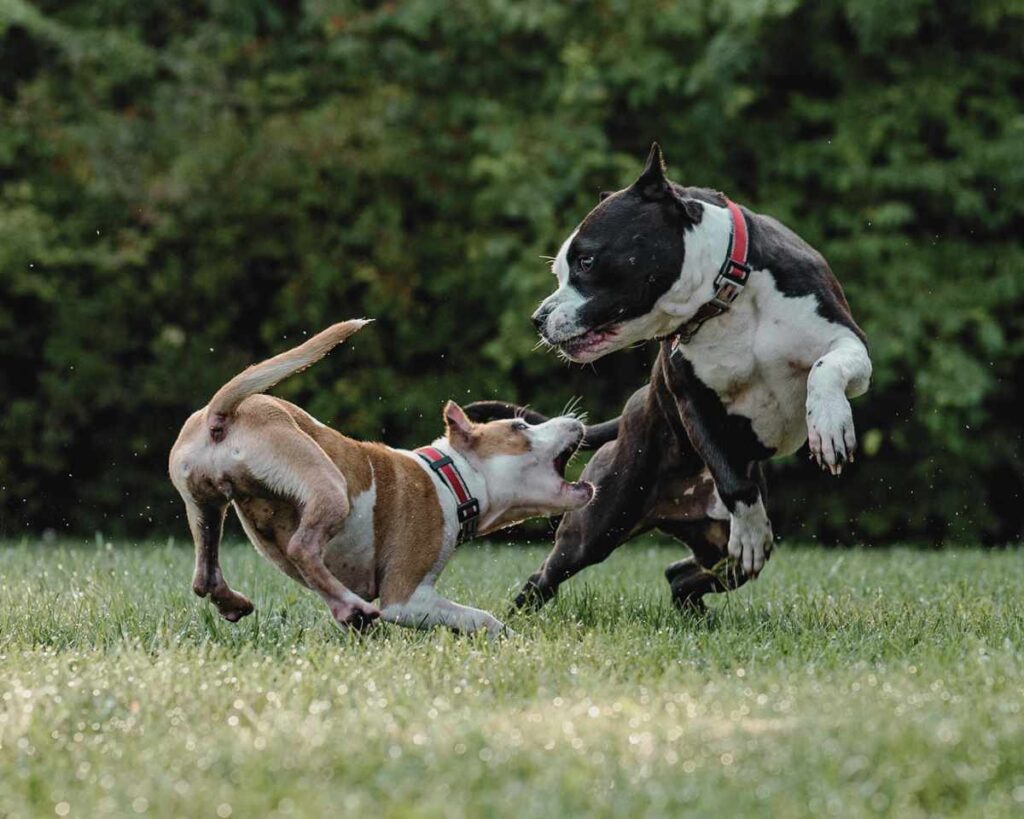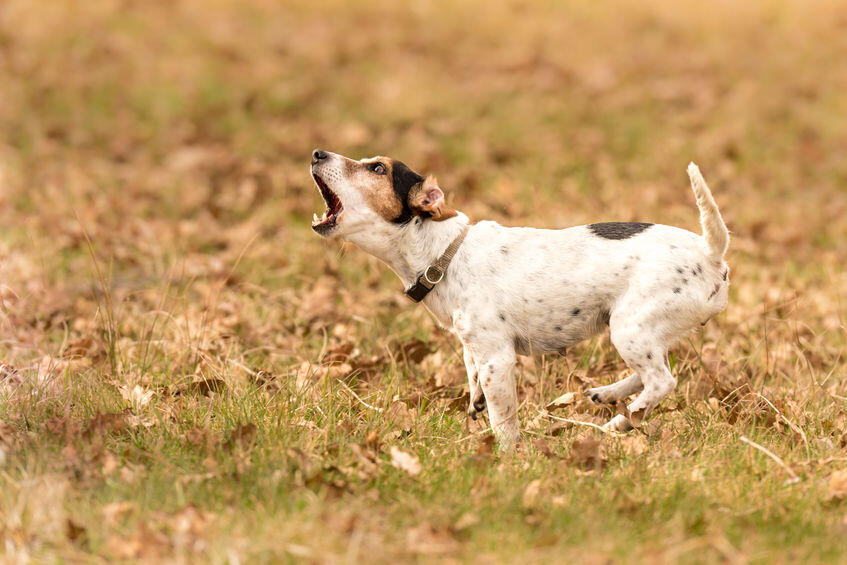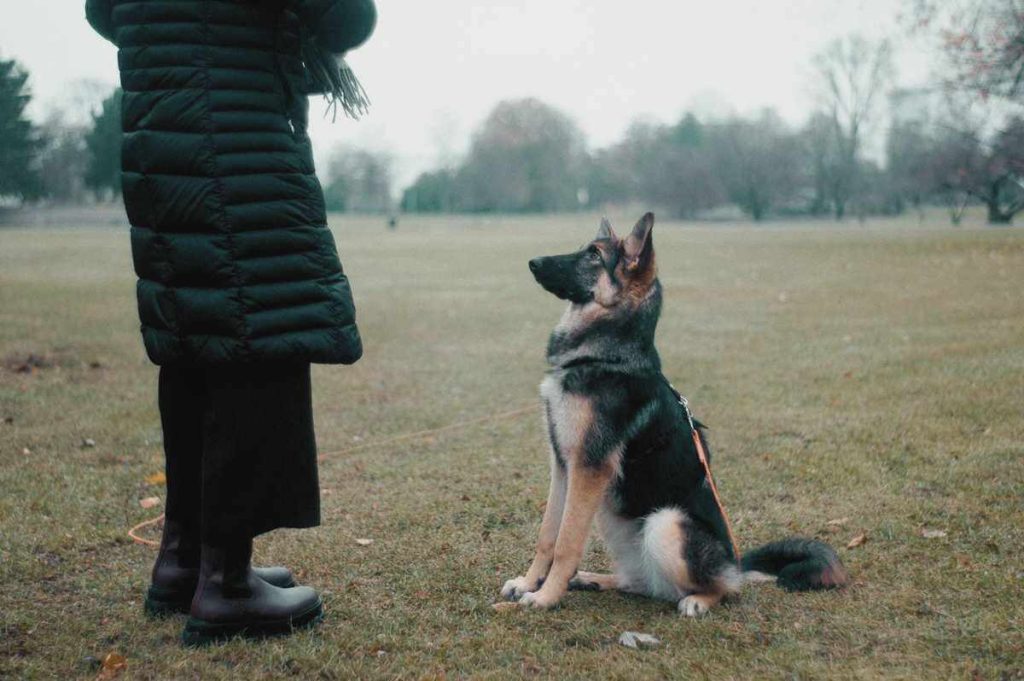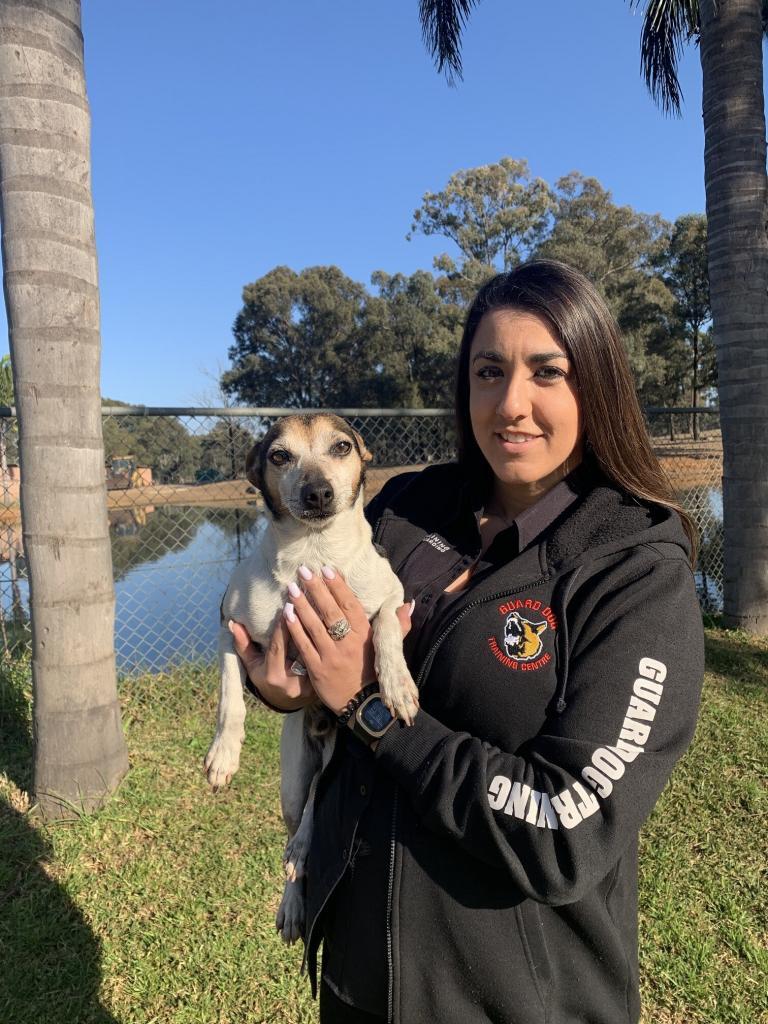
Estimated reading time: 1 minute
Owners are being urged to understand dog body language and the warning signs of aggressive dog behaviour.
We share expert advice on the signs of dog aggression, dog behaviour warning signs and training an aggressive dog.
Identifying aggressive dog behaviour and what to do when you spot it
For many dog owners, this scenario is not an uncommon sight – two dogs going nose-to-nose at the local off-leash park.
Hackles raised, teeth baring, and normally owners shouting!
More times than not, the situation is defused by a simple command, or the dogs quickly get over the disagreement and move on.
For some this could be a simple argument over a toy, being over-friendly with another dog, or being too boisterous.
However, if this type of behaviour is becoming a common occurrence in your dog’s life, it could become an issue.
How to spot early signs of dog aggression
Meet Kirsten Lambros, a senior dog handler from Pets Training & Boarding.
When it comes to aggression, Kirsten is quick to remind owners that it’s important to act quickly.
“Most dogs will generally act out of their normal characters, showing teeth, growling, not approaching, lunging towards people or dogs, becoming terrified and cowering when being handled,” she says.
“A lot of knowing and understanding your dog comes down the body language in which you dog displays.”

Dog behaviour warning signs: understanding dog body language
- Holds their tail, high, low, medium, tucked under
- Holds their ears, pricked and alert, relaxed, flat
- Displays their eyes, wide open, semi closed, showing the whites of the eyes
- Dog shakes in a new environment
- Excessive lip licking
- Pants excessively and it’s not a hot day
These are all typical and normal signs of a dog who is uncomfortable or angry.
“A lot of these behaviours are related to your dog being stressed and uncomfortable in different circumstances, your dog being uncomfortable can lead to a fear-based aggression,” she warns.
Knowing these signs and understanding when your dog is feeling threatened or insecure can help alleviate the issue escalating.
“Dogs will continue display aggressive behaviour if they know it keeps other dogs or people away.
“The key is recognising, knowing and understanding how your beloved pet is feeling.”
Training an aggressive dog
A well-trained dog is less likely to exhibit signs of fear-based aggression or aggressive tendencies.
This can come down to many factors, including owners who are aware of their dogs’ body signs and that something is not quite right.
A dog that has a very strong communication bond with their owners (AKA training) is also less likely to feel threatened in situations, as their ‘leader’ (AKA you) has got the problem in hand.

Aggression cannot be trained out of a dog. However, a professional dog handler can help you understand your dog’s aggression and allow you to control this aspect of your pet.
“Aggression will be instilled and displayed by your dog its entire life, all dogs can be aggressive, some display this behaviour more freely while others keep it hidden away,” she says.
“The key to all aggression is control, once you have control of your dog you can amend this negative behaviour.
“More exposure, and by this I mean seeking professional advice, to ensure your dog becomes more obedient to your tone of voice and body language rather than regressing.”
Kirsten has helped countless dogs, and owners with aggression issues. However, she is quick to remind readers that success is based on the hard work owners are willing to put into their dogs.
“Our success rate solely relies on the hard work the owners wish to put in once their pet is collected from doggie boot camp,” she says.
“However, we do offer a lifetime guarantee to assist clients throughout that particular lifetime if they have new problems or feel like they need further assistance in controlling their dog.
“We do all the hard work, but the owners need to ensure they keep it up.”

Managing dog aggression
If you are struggling with your dog’s behaviour, you are not alone.
Don’t be afraid to seek help and improve the bond you share with your dog, while reaping the rewards of well-behaved, and controlled, canine companion.
“All dogs who arrive into our care with aggression problems are handled with caution and care,” she says.
“As we are a large boarding facility dog aggression can be catered to a lot easier as we have many breeds, ages, personalities in which we can socialise your aggressive pet with.”
Aggression will not get better on its own, and more times than not, will become worst.
“Once your dog realised this behaviour works – e.g. the other dog goes away, or the child backs off, it will just reinforce the behaviour.
“The quicker you seek help, the better.

Kirsten says that any dog showing people-aggression can become a challenge.
“We use our office staff as bait (no one is hurt in the process), we use our volunteers – our office staff and volunteers are classed as strangers to these particular dogs – so the more positive exposure they have the less likely the dog becomes anxious or aggressive in this scenario.
“There are many different ways in helping those individual dogs – at the end of the day we cater to their individual needs and requirements, so every technique is different depending on the situation.”
About Pets Training & Boarding
Pets Training & Boarding is situated in NSW and offers a range of services including in-house dog training, boarding (cats and dogs), and grooming.
They specialise in behaviour training, breed training ad puppy training with patience, persistence and praise.
For more information check-out www.petstrainingandboarding.com.au

COMMENTS ( 4 )